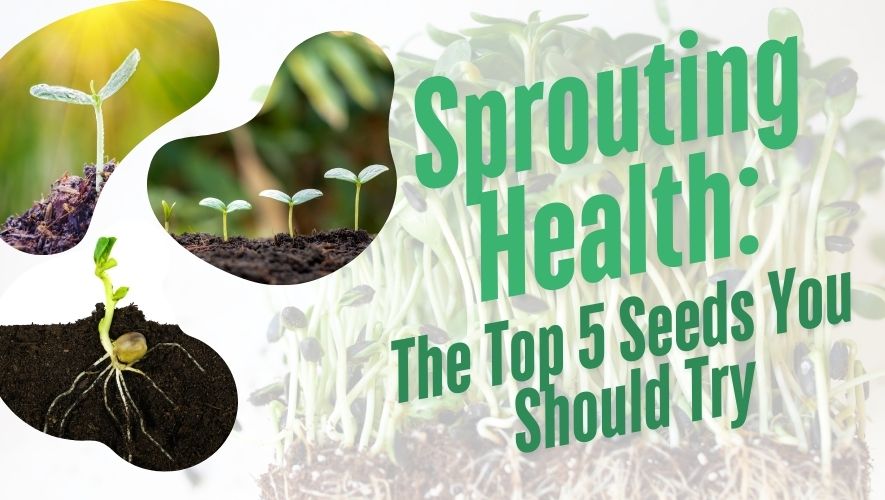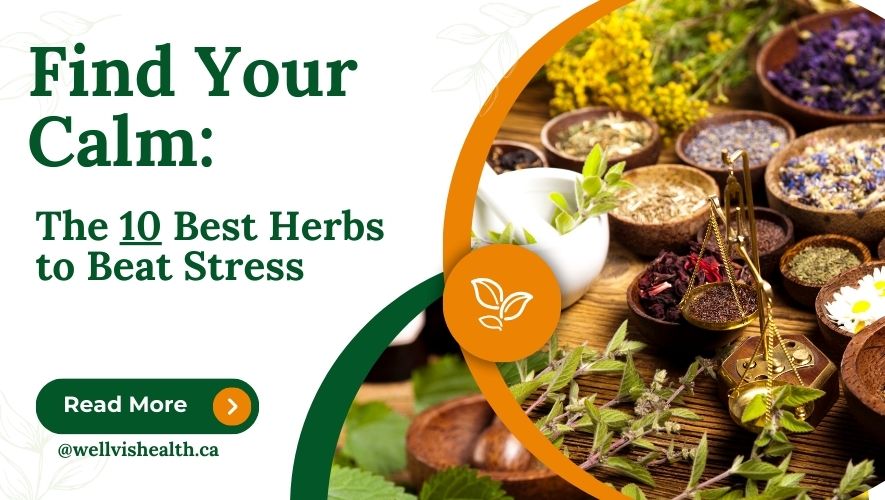Essential oils have been an integral part of human civilizations for centuries, with their origins tracing back to ancient Egypt, Greece, and Rome. These potent, aromatic compounds were revered for their therapeutic properties and used in religious rituals, cosmetics, and medicinal practices. In the modern era, essential oils have experienced a resurgence in popularity, with a growing appreciation for their natural benefits and versatile applications.
The Art of Extraction
Essential oils are extracted from various parts of plants, such as flowers, leaves, bark, and roots, through various methods, including steam distillation, cold-pressing, and solvent extraction. These concentrated liquids capture the essence of the plant, retaining its unique aroma and therapeutic properties. The quality and potency of an essential oil depend on factors like the plant source, growing conditions, and extraction methods used.
Here is the chart summarizing the properties, suggested uses, and aroma descriptions for the top 30 essential oils, translated to English:
|
Essential Oil |
Properties |
Suggested Uses |
Aroma Description |
|
Lavender |
Calming, anti-inflammatory, antimicrobial |
Sleep aid, stress relief, skincare |
Sweet, floral, slightly herbaceous |
|
Peppermint |
Cooling, invigorating, analgesic |
Muscle pain relief, mental alertness |
Fresh, crisp, slightly sweet |
|
Lemon |
Fresh, antimicrobial, cleansing |
Air purification, cleaning products |
Tart, bright, refreshing |
|
Eucalyptus |
Anti-inflammatory, insect repellent, expectorant |
Respiratory relief |
Cool, woody, slightly bitter |
|
Tea Tree |
Antimicrobial, anti-inflammatory, acne treatment |
Skincare, disinfectant |
Herbaceous, camphoraceous, slightly smoky |
|
Rosemary |
Antioxidant, stimulating, memory enhancing |
Aromatherapy, cooking |
Woody, slightly bitter, fresh |
|
Frankincense |
Calming, anti-inflammatory, antimicrobial |
Meditation, stress relief, skincare |
Woody, warm, slightly fruity |
|
Orange |
Uplifting, anxiety-reducing, refreshing |
Aromatherapy, cleaning products |
Citrusy, sweet, warm |
|
Clove |
Analgesic, antimicrobial, insect repellent |
Oral hygiene, muscle pain relief |
Spicy, woody, slightly sweet |
|
Cinnamon |
Warming, antimicrobial, antioxidant |
Aromatherapy, cooking |
Sweet, woody, slightly baked |
|
Bergamot |
Antimicrobial, antioxidant, skin-brightening |
Skincare, aromatherapy |
Citrusy, bittersweet, slightly floral |
|
Grapefruit |
Uplifting, anxiety-reducing, weight loss aid |
Aromatherapy, cleaning products |
Citrusy, refreshing, slightly bitter |
|
Ylang Ylang |
Calming, antidepressant |
Stress relief, aromatherapy |
Floral, warm, slightly woody |
|
Geranium |
Antioxidant, skin-brightening, anti-aging |
Skincare, aromatherapy |
Rich, floral, slightly sweet |
|
Patchouli |
Calming, anti-inflammatory, hormone balancing |
Menstrual relief, skincare |
Woody, warm, slightly earthy |
|
Chamomile |
Calming, anti-inflammatory, digestive aid |
Insomnia relief, menstrual cramps |
Apple-like, herbaceous, mild |
|
Jasmine |
Antidepressant, aphrodisiac |
Aromatherapy, perfumery |
Rich, floral, warm |
|
Rose |
Antioxidant, skin-brightening, anti-aging |
Skincare, aromatherapy |
Rich, floral, slightly sweet |
|
Sandalwood |
Calming, anti-inflammatory, antimicrobial |
Meditation, skincare |
Woody, warm, slightly smoky |
|
Cedarwood |
Calming, antimicrobial, insect repellent |
Aromatherapy, skincare |
Woody, warm, slightly citrusy |
|
Vetiver |
Calming, anxiety-reducing |
Stress relief, sleep aid |
Earthy, woody, warm |
|
Lemongrass |
Insect repellent, anti-inflammatory, invigorating |
Aromatherapy, insect repellent |
Citrusy, herbaceous, slightly spicy |
|
Spearmint |
Cooling, invigorating, analgesic |
Muscle pain relief, mental alertness |
Fresh, crisp, slightly sweet |
|
Ginger |
Warming, analgesic, anti-inflammatory |
Muscle pain relief, digestive aid |
Spicy, woody, slightly sweet |
|
Neroli |
Calming, antidepressant |
Aromatherapy, skincare |
Floral, citrusy, warm |
|
Clary Sage |
Hormone balancing, anxiety-reducing |
Menstrual relief, stress relief |
Fruity, slightly musky, earthy |
|
Marjoram |
Calming, antimicrobial, insect repellent |
Aromatherapy, skincare |
Woody, warm, slightly sweet |
|
Basil |
Invigorating, antimicrobial, digestive aid |
Cooking, aromatherapy |
Fresh, slightly bitter, slightly citrusy |
|
Thyme |
Antimicrobial, insect repellent, analgesic |
Aromatherapy, skincare |
Woody, spicy, slightly citrusy |
|
Cypress |
Anti-inflammatory, antimicrobial, hemostatic |
Wound care, skincare |
Woody, warm, slightly citrusy |
Top 5 essential oils that are suggested for use as insect repellents or bug repellents:
- Eucalyptus
- Tea Tree
- Lemongrass
- Clove
- Thyme
- Eucalyptus: Listed as an "insect repellent" under its properties.
- Tea Tree: While not explicitly mentioned for insect repellent, its antimicrobial and camphoraceous aroma can help deter bugs.
- Lemongrass: Directly listed as an "insect repellent" under its properties, along with its citrusy, herbaceous, and slightly spicy aroma.
- Clove: Listed as an "insect repellent" under its properties, likely due to its strong, spicy aroma.
- Thyme: Listed as an "insect repellent" under its properties, with its woody, spicy, and slightly citrusy aroma acting as a natural bug deterrent.
So these five essential oils, with their potent aromas and insect-repelling properties, are among the top choices for creating natural bug repellent blends or products.
FAQs about essential oil new users
Are essential oils safe for use?
Essential oils are generally considered safe when used correctly and in appropriate dilutions. However, it's crucial to exercise caution, as some oils can cause skin irritation or have potential interactions with medications. Consult with a qualified professional before using essential oils, especially for specific health concerns or during pregnancy.
How should essential oils be stored?
Essential oils should be stored in dark, glass bottles, away from direct sunlight and heat, as these factors can degrade their potency and quality over time. It's also recommended to keep them in a cool, dry place.
Can essential oils be ingested?
While some essential oils are generally recognized as safe for ingestion when appropriately diluted and under the guidance of a qualified professional, ingesting essential oils is not recommended for most individuals due to potential safety concerns and the risk of adverse reactions.
Are essential oils safe for use around children and pets?
Essential oils should be used with caution around children and pets, as their smaller bodies may be more sensitive to the potent compounds. It's advisable to consult with a qualified professional before using essential oils around children or pets and to follow appropriate dilution guidelines.
How long do essential oils typically last?
The shelf life of essential oils can vary depending on the specific oil and storage conditions. Generally, most essential oils can maintain their potency and quality for 1-2 years when stored properly. However, some oils, such as citrus oils, may have a shorter shelf life due to their chemical composition.
The world of essential oils is vast and diverse, offering a wide range of therapeutic and aromatic benefits. From the calming lavender to the invigorating peppermint, each oil has its unique properties and applications. Whether you seek relaxation, improved skin health, or a natural way to enhance your well-being, essential oil is an asset that provides a wealth of options to explore. Embrace the power of nature and incorporate these potent essences into your daily routine for a holistic approach to self-care.










